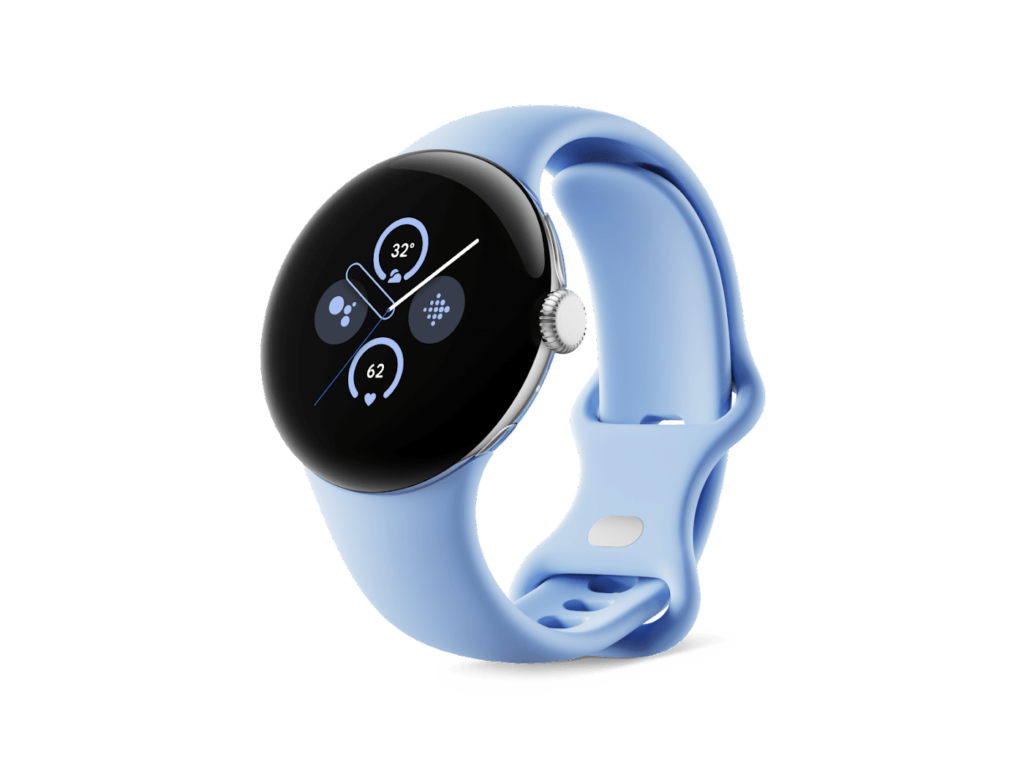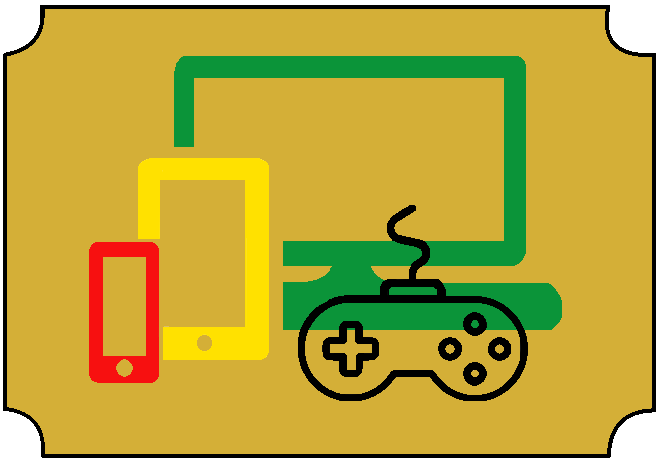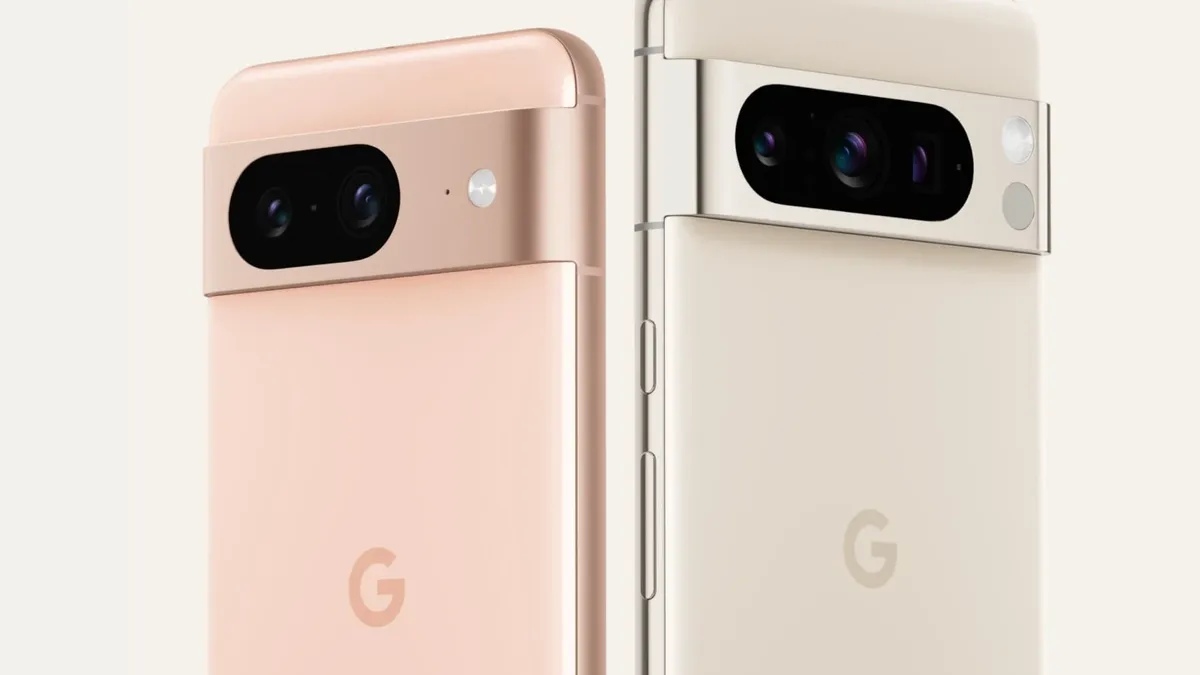While this event did contain some hardware improvments, most of the changes were AI based. There was about 1 AI mention per minute. But with all the talk about AI, it was hard to tell what actually changed with the Pixel physically versus what is just a software update. Let’s first talk about the new hardware.
The first and most obvious real change to talk about is the SoC upgrade. Unlike the iPhone, both the Pixel 8 and Pixel 8 Pro get the new Tensor G3. The Tensor G3 is designed by Google, similar to Samsung’s Exynos series chips and Apples A series chips. The Tensor series of SoC’s have never been on the top of the performance chart. They have always been a couple generations behind Qualcomm and Apple. The reason they are custom building chips instead of using Qualcomm chips is not for performance improvements, but for machine learning improvements. Some of these include better image processing (as we will see later), more natural text-to-speech, improved dictation, and so much more. Since many of the Pixel features are based in machine learning, it is impossible to name them all. If it requires machine learning, then the Tensor G3 will be faster and more accurate. While Google mentioned the CPU and GPU being faster, they never showed any performance graphs.
The next obvious change is the new display with its strange naming scheme. Similar to how Apple names their displays, such as Super Retina XDR, Google is calling it the Actua and Super Actua display. The main improvement is a brightness bump. The Actua display on the Pixel 8 is now up to 1400 nits (HDR) and 2000 nits (peak brightness). This is a big improvement compared to the Pixel 7’s 1000 nits (HDR) and up to 1400 nits (peak brightness). The Super Actua display is even better with up to 1600 nits (HDR) and 2400 nits (peak brightness). Strangely, the Super Actua display on the Pixel 8 Pro is lower resolution compared to the Pixel 7 Pro, going from 1440 x 3120 to 1344 x 2992.
For the cameras, there was not a significant hardware change. The Pixel 8 Pro now has a 48 MP ultrawide and optical stabilization on the telephoto and the Pixel 8 received a slightly wider ultrawide. The real improvements came in the software department.
Another interesting addition was a temperature sensor only on the Pixel 8 Pro. So instead of using a cheap thermometer to accurately measure the temperature of something, just use your $1000 phone to get a worse reading. I doubt that this feature will stay for very long.
Before we talk about the software improvements, I have to include this disclaimer. Video boost and Night Sight Video are not coming to the Pixel 8 Pro when the phone launches. They are “coming soon”. Never buy a product based on the promise of future updates, especially with Google since they always discontinue projects and break promises.
Now that you have been warned, let’s talk about the software improvements. Magic editor, which was announced at Google I/O, is launching with the Pixel 8 series. It will allow you to reposition the subjects of the frame and even change the color of the sky. It really makes you question what is a photo anymore. This question also comes up with Best Take. Now when you take a burst photo with a group of friends, you select the best photo of them. For example, if one of your friends was blinking, you can change their expression in post. This makes the final result of something that never happened. Video boost and night sight video, which are hopefully coming soon, is video processing that happens after you take the video only on the Pixel 8 Pro. After recording the video, it is uploaded to Google’s servers to process every frame of the video the same way they process photos on the device. This improves HDR and night videos.
(Video credit: Google)
To end off their presentation, Google promised that the Pixel 8 series will receive 7 years of OS upgrades. This is a promise that even rivals Apple’s software support and absolutely destroys any other Android phones support. But you have to remember that this is a promise being made by Google. There is an entire website dedicated to products and services that Google has killed off. Usually it is to merge to products, such as Google Play Music turning into Youtube Music, but sometimes it can be malicious. In 2021, when Google released the Pixel 6, they also released a subscription called Pixel Pass. This bundled Google services and promised a phone upgrade every 2 years. All for $45 a month. If you were to buy all of the services individually, it would cost more than $45. So it was basically a free phone upgrade if you were already paying for those services. But, after 22 months, Google killed Pixel Pass and they are not offering a phone upgrade. All you get is $100 off a new Pixel phone from the Google Store or Google Fi, and it expires in two years. This shows why you should never trust Google to support anything long term.
The Pixel’s price increased $100 on both models. That puts the Pixel 8 at $700 and the 8 Pro at $1000.
The Pixel Watch 2 was also released, but since it is not that significant, here is a quick summary. The Watch 2 added an electrodermal activity sensor and skin temperature sensor. They also improved the heart rate sensor and added irregular heart rhythm notifications. The biggest improvement is the battery life. Now, they claim 24 hours with the always-on display instead of 24 hours without it on the Watch 1. The price of the watch stayed the same, $350 for WiFi and $400 for LTE.


